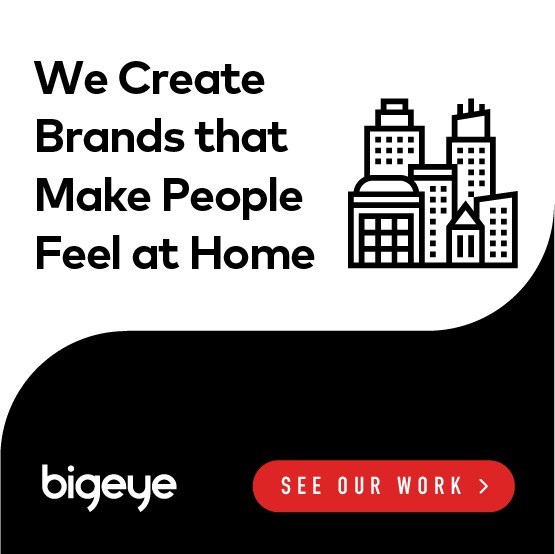
To optimize the marketing analytics that drive your promotional efforts, pay close attention to these four key platforms.
Although advertisers still debate the comparative value of traditional vs. digital media, there is no doubt that digital analytics reign supreme when it comes to tracking the effectiveness of specific marketing campaigns and their various components.
While measuring the total audience for any given radio, television, print, or billboard ad is speculative at best, modern analytics systems can not only accurately identify every individual viewer of an online ad, they can follow each viewer through the entire post-ad exposure process, measuring criteria such as click-throughs and conversions as they (hopefully!) lead to the final sale of a product or service. Even better, these systems can accomplish all of this and deliver results in real time.
So where, exactly, should you go to reap the benefits of digital analytics? If you’re looking to attract renters to meet your specific lease-up goals, you’ll want to pay particular attention to the following four marketing analytics tools.
1. Google Analytics
If you’re going to achieve your desired lease-up level (typically round 95%) in a limited amount of time (typically between 6 and 15 months), you’ll need a strong foundation of analytics support. A platform that is nearly ubiquitous in the world of digital marketing, Google Analytics provides just that.
According to Entrepreneur Magazine contributor Thomas Smale, “no list of marketing analytics tools can be complete without Google Analytics.” The tool is so common due to its unparalleled power and versatility. In particular, it is great at tracking lead sources and helping users concentrate resources into the most effective media channels.
To more effectively allocate its multifamily marketing resources, for example, an apartment rental organization can use Google Analytics to discover whether its Facebook page or its Twitter page is generating the most leads.
The platform works by asking marketers to define their goals by entering a specific goal ID. A common event ID might track the number of times that users click on a specific piece of content.
A company in the apartment rental industry might be interested in determining which of its three floor designs are generating the most public interest. Using Google Analytics, it can establish clicks on these floor plans as individual goal IDs and watch each as they begin to accumulate clicks in real time.
In short, Google Analytics can create a report for any set of data you might desire, from simple audience overviews to complex conversion progress statements. And if you’re not impressed by its ability to lead you to unprecedented ROI, you still have to enjoy its initial price-point. Google Analytics is absolutely free.
2. Google Tag Manager
An extremely flexible platform that you can easily tailor to meet your specific wants and needs, Google Tag Manager helps you capitalize on the ability of Google Analytics to track information. Briefly described, Google Tag Manager uses bits of code called tags to generate detailed information about your audience members including who they are, where they’re located, what pages they’re visiting, and even what devices they’re using.
By default, Google Analytics places tags on your official website, social media pages, and other online locations to report on a wide variety of visitor behavior. As you begin to accumulate more and more tags, Google Tag Manager becomes indispensable when it comes to keeping them organized.
Google Tag Manager is particularly helpful because it offers a single place to manage your Google Analytics tags as well as your tags from other platforms such as Hootsuite and Facebook Pixel (which we will discuss when we come to must-have analytics tools, numbers three and four).
By clearly identifying every trackable item in Google Tag Manager, you’ll be able to easily read the data in each report and translate it into real world leads and conversions.
3. Hootsuite
Hootsuite is an analytics tool with a specific focus on social media monitoring. Due to the unparalleled outreach of Twitter, Facebook, Instagram, and the other major social media networks, a specialized social media analytics platform makes absolute sense.
With Hootsuite, you can monitor a wide range of user activity across multiple channels of social media to discover what your audience is posting about your business and track the relative performance of your own posts on your official social media pages. By monitoring these activities, Hootsuite can show you which types of content produce results and which don’t, helping you optimize your social media presence with posts that are both specifically targeted and highly relevant.
4. Facebook Pixel
Although overall Facebook advertising revenue has stagnated in recent months, it remains the dominant force in digital marketing, outpacing the other major social media networks by a significant measure. Facebook owes much of this success to Facebook Pixel.
An analytics tool that businesses add to their official website and other online pages, Facebook Pixel specializes in tracking/analyzing the performance of your Facebook ad campaign, helping you refine/focus your marketing efforts and monitor the online activity of both existing and prospective renters.
If you want to pursue more advanced Facebook Pixel analytics, you can establish event tags that are similar to those you can create using Google Analytics. Using these tags, you can gain even deeper insight into overall user behavior.
To learn more about the top analytics tools
A forward-thinking and creative marketing agency, Bigeye specializes in apartment analytics to aid in the development of effective leasing strategies. For more information, contact a Bigeye representative today.




